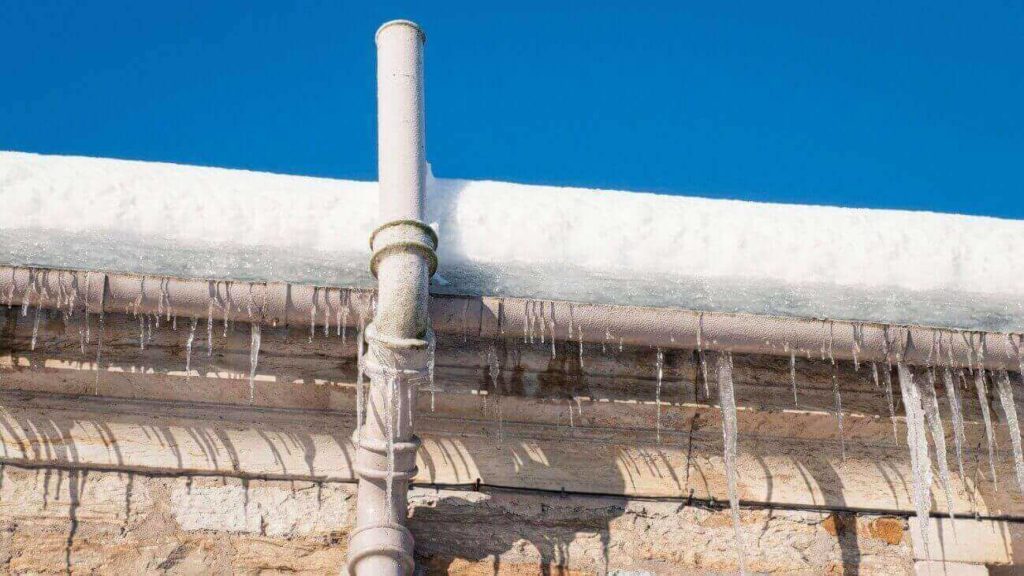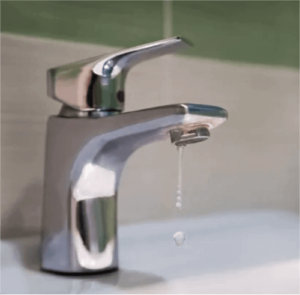
- Background -
Winter in the United States brings a variety of weather conditions, from heavy snow and sub-zero temperatures to freezing rain and wind chills, that pose serious challenges to home plumbing, although people in some parts of the country may think they are immune to these cold spells effects, all 50 states have experienced below-freezing temperatures in recent years.
- Challenge -
When temperatures drop to 20 degrees Fahrenheit or lower, pipes are at risk of freezing, causing inconvenience and repair costs for residents and businesses alike.
The following factors increase this risk:
- Lack of water circulation: Unused drain pipes are prone to freezing when left to sit for long periods.
- Poor insulation: Proper insulation can help pipes stay warm, without proper insulation there is an increased risk of water in the pipes freezing.
- Cold areas: Certain locations within a building, such as basements, crawlspaces, or remote areas, may be colder than others. Pipes in these locations that receive the least heat are more likely to freeze.
Traditionally, pipe temperature monitoring has been a tedious, time-consuming, and expensive endeavor. Regular inspections and sophisticated equipment are often required to measure pipe surface temperatures or to make repairs after freezing problems occur. This method is not only inefficient but also cannot provide real-time monitoring and early warning functions.
- Solution -
Tips to prevent pipe freezing

Keep indoors warm
Maintain indoor temperatures above 40°F in winter to prevent freezing ductwork. Use a radiator or heater for sufficient warmth.

Inspect regularly&identify risk
Regular duct inspections can help you identify cold areas in your building. Find problems before they become costly disasters.

Let your faucets drip slowly
Let your faucets drip slowly to keep water flowing in your pipes, reducing the risk of freezing.

Insulated Ducts
Use insulation material to wrap pipes to prevent cold air from directly contacting the pipe surface.
Although these small methods can reduce the risk of pipeline freezing, they often require people to inspect and operate themselves and cannot provide real-time monitoring and early warning functions. At this time, it is necessary to combine the MOCREO monitoring system to prevent pipeline freezing.

24/7 Real-Time Monitoring
With sensor remote monitoring, we can monitor pipe temperatures in real-time via your phone, tablet, or computer without manual operations or inspections.
Flexible Notification Options
Send you alarm notifications via app notifications, emails, and local beeps when there are abnormal temperature fluctuations.
Automated supervisory logs&reporting
Continuously records temperature humidity and other related data. This data can be used to analyze potential causes and trends of pipe freezing to develop better preventive measures.
- Future -
With the continuous development and popularization of sensor technology, remote pipe temperature monitoring systems will play a greater role in the field of house protection. Through real-time monitoring and early warning, we can greatly reduce the risk of pipeline rupture and reduce repair costs and time costs.
